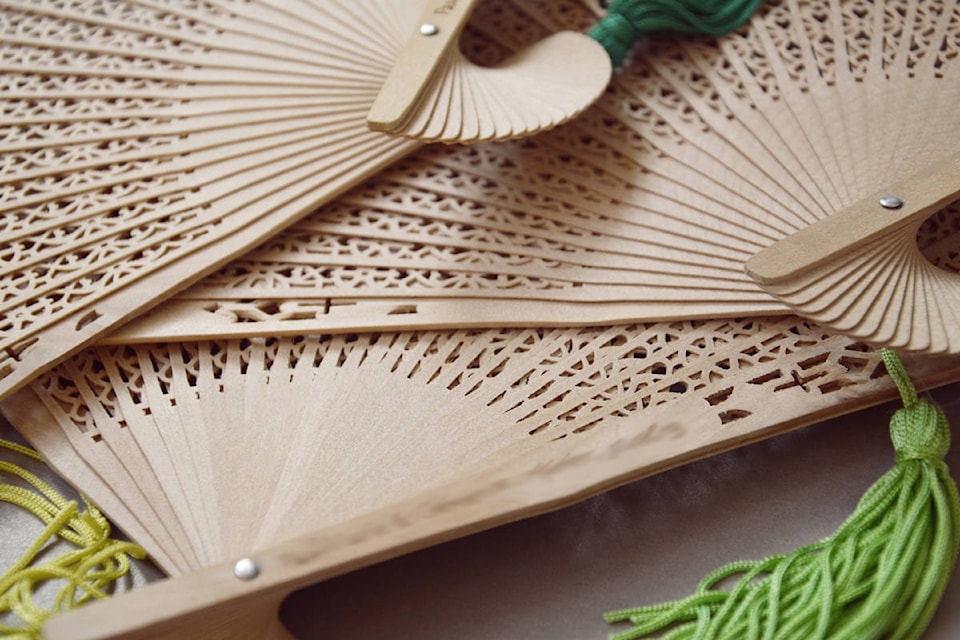It is early March, and spring is in the… no, strike that. If Hokkaido had groundhogs, they would still be calling for six more weeks of winter. Nevertheless, the school year is winding down to the end and restaurants are serving sakura (cherry blossom) ice cream.
I had the pleasure of attending a Japanese wedding reception last month. Getting married seems to be a very long, complex process here. When the engagement is official, many family introductory visits must be made before marriage plans are made public. In this part of Japan, at least, unmarried co-habitation is still not common and not quite respectable.
Most civil service employees rent their housing from the town that employs them, so town and school district employees are either very discreet about co-habitation or, more often, go through a civil marriage ceremony before moving in together. Once all the paperwork is complete, then the couple begins to plan their marriage celebration.
Masumi and her husband signed their papers back on December 10, 2016, numerically a good luck day. On February 10, 2018, they held their marriage celebration ceremony. Stage one was the small, late afternoon religious ceremony with family, at a local shrine. The bride and groom wore kimono, shuffling through the Obihiro snow and cold in zori and toe socks.
Following the official photos in kimono, the wedding party moved on to the hotel and the first change of costume. When I arrived for the reception, the bridal couple was outside the banquet room being photographed in clothing reminiscent of “Gone With the Wind”. The groom was dapper in a three-piece grey and black suit with a brown bow tie. The southern belle bride smiled under a fair-haired wig and wore a strapless floral concoction with a pink sash and three tiers of full, chiffon-trimmed skirt. The couple made their grand entrance to the reception hall, more photos taken, toasts were made and the many course dinner began. The menu was written in both Japanese and French and, as my French is still much stronger than my Japanese, I was able to know both what I was eating and what to expect.
The couple slipped away sometime between courses and returned in time for dessert.
The groom re-entered on his own, followed by the bride on her father’s arm. This time she was dressed in a contemporary white satin wedding dress. Otousan handed the bride over to her husband, and the couple cut the wedding cake and served slices to the line of guests. As we ate our cake and dessert plate, the couple visited each table where they lit the centrepiece candles.
The final piece of the reception was the couple’s thank you speeches to their parents, followed by acknowledgements from the parents and the withdrawal of the bridal couple.
I witnessed a fusion of Japanese customs and western customs, old traditions and new ones. More bowing, no dancing. More costume changes. Several entertaining videos. Many speeches in the Japanese style. Many cards from guests, and thank-you gifts from the bridal party, but no wedding presents. Unlike at home, in Japan, the wedding guests often pay their own way, the “wedding fee” that covers the cost of the reception. It seems a sensible compromise.
